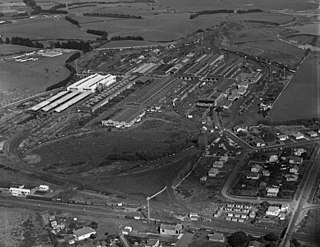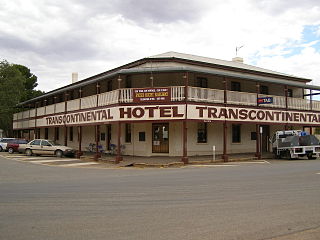
Quorn is a small town and railhead in the Flinders Ranges in the north of South Australia, 39 kilometres (24 mi) northeast of Port Augusta. At the 2016 census, the locality had a population of 1,230, of which 1,131 lived in its town centre.
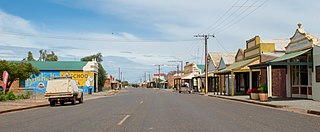
Terowie is a small town in the Mid North region of South Australia located 220 kilometres (137 mi) north of the state capital of Adelaide. It is located in the Regional Council of Goyder. Terowie retains a number of authentic and well preserved 1880s buildings, and has been declared a "historic town". It also remains a town of interest to those interested in rail history. Although now a very small town with few facilities, Terowie remains a popular destination for photographers, historians, and rail buffs. At the 2016 census, Terowie had a population of 131.
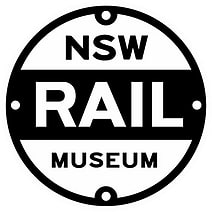
The NSW Rail Museum is the main railway museum in New South Wales, Australia. A division of Transport Heritage NSW, it was previously known as the New South Wales Rail Transport Museum (NSWRTM), Rail Heritage Centre and Trainworks.

Kilburn is a suburb in the inner north of Adelaide, South Australia. The suburb borders Blair Athol, Gepps Cross, Wingfield, Regency Park and Prospect. Kilburn has the same postcode (5084) as Blair Athol.

Semaphore is a northwestern suburb of Adelaide in the Australian state of South Australia. It is located on the Gulf St Vincent coastline of the Lefevre Peninsula about 14 kilometres (8.7 mi) from the Adelaide city centre.
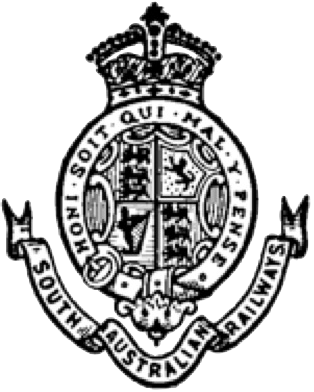
South Australian Railways (SAR) was the statutory corporation through which the Government of South Australia built and operated railways in South Australia from 1854 until March 1978, when its non-urban railways were incorporated into Australian National, and its Adelaide urban lines were transferred to the State Transport Authority.
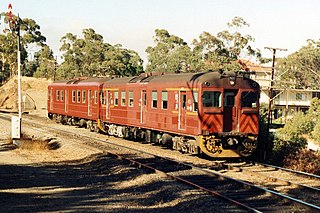
Redhen railcar was the nickname given to the 300 and 400 classes of diesel-hydraulic railcars designed and built by the South Australian Railways’ Islington Railway Workshops between 1955 and 1971. The class remained in service until 1996 and remain a nostalgic part of South Australian culture; some are operated by the SteamRanger Heritage Railway and other railway preservation entities.
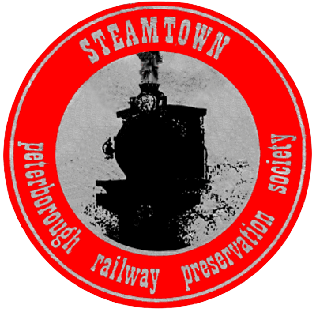
The Steamtown Peterborough Railway Preservation Society Inc. was a not-for-profit incorporated society that operated a heritage steam railway from Peterborough, South Australia, north along a section of the Peterborough to Quorn railway line, between 1977 and 2002. The society based its operations on the former South Australian Railways roundhouse at Peterborough and purpose-built sheds and yard at Peterborough West.

The National Railway Museum is the largest railway museum in Australia. More than 100 major exhibits, mainly from the South Australian Railways (SAR) and Commonwealth Railways and their successor, Australian National, are on display at its 3.5 hectares site in Port Adelaide, South Australia. The museum opened at Lipson Street in 1988 after 18 years at the SAR's former main locomotive depot at Mile End.

The South Australian Railways 620 class was a class of 4-6-2 steam locomotives operated by the South Australian Railways.

Cobdogla is a town in the Riverland region of South Australia, The town is on the Murray River, 232 kilometres (144 mi) north-east of the state capital, Adelaide. At the 2006 census, Cobdogla had a population of 232.

The 500 class were a class of South Australian Railways diesel shunter locomotives built at Islington Railway Workshops between 1964 and 1969.

The South Australian Railways 350 class comprised two diesel-electric locomotives built by the railway's Islington Railway Workshops that entered service in June 1949. They were the first diesel locomotives operated by the South Australian Railways and the first to be built by an Australian railway.

The 900 class were a class of diesel locomotives built by Islington Railway Workshops for the South Australian Railways between 1951 and 1953.

The South Australian Railways Model Brill railcar were two types of railcars operated by the South Australian Railways between 1925 and 1971. Introduced to run on country rail services, the "Barwell Bulls" serviced most of the state's railway lines until they were eventually replaced by both the Bluebird and Redhen railcars, with the last units withdrawn in 1971.

Broadmeadow Locomotive Depot was a large locomotive depot consisting of two roundhouse buildings and associated facilities constructed by the New South Wales Government Railways adjacent to the marshalling yard on the Main Northern line at Broadmeadow. Construction of the locomotive depot at Broadmeadow commenced in 1923 to replace the existing crowded loco sheds at Woodville Junction at Hamilton, with the depot opening in March 1924. It was added to the New South Wales State Heritage Register on 2 April 1999.
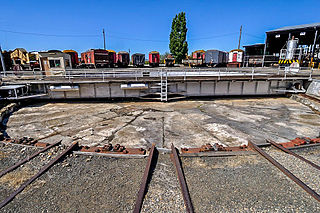
The Goulburn Rail Heritage Centre is located at the heritage-listed former railway workshops in Goulburn, New South Wales, Australia, on the Main Southern railway line. Now a museum, it is also known as the Goulburn Rail Workshop and Goulburn Roundhouse. The workshops were added to the New South Wales State Heritage Register on 2 April 1999. The workshops were saved from demolition by the Goulburn Locomotive Roundhouse Preservation Society and is now a museum open to the public with large collection of rolling stock and various exhibits, as well as privately owned locomotives and carriages with some commercial repair work happening on site.

The South Australian Railways F class is a class of 4-6-2T steam locomotives operated by the South Australian Railways.

Moonta Mines is a locality at the northern end of the Yorke Peninsula, adjoining the town of Moonta. It is located in the Copper Coast Council. From 1861 to 1923, it was the centre of a copper mining industry that formed colonial South Australia's largest mining enterprise. A substantial portion of the locality is listed on the South Australian Heritage Register as the Moonta Mines State Heritage Area and on the National Heritage List as the Australian Cornish Mining Heritage Site, Moonta Mines.














